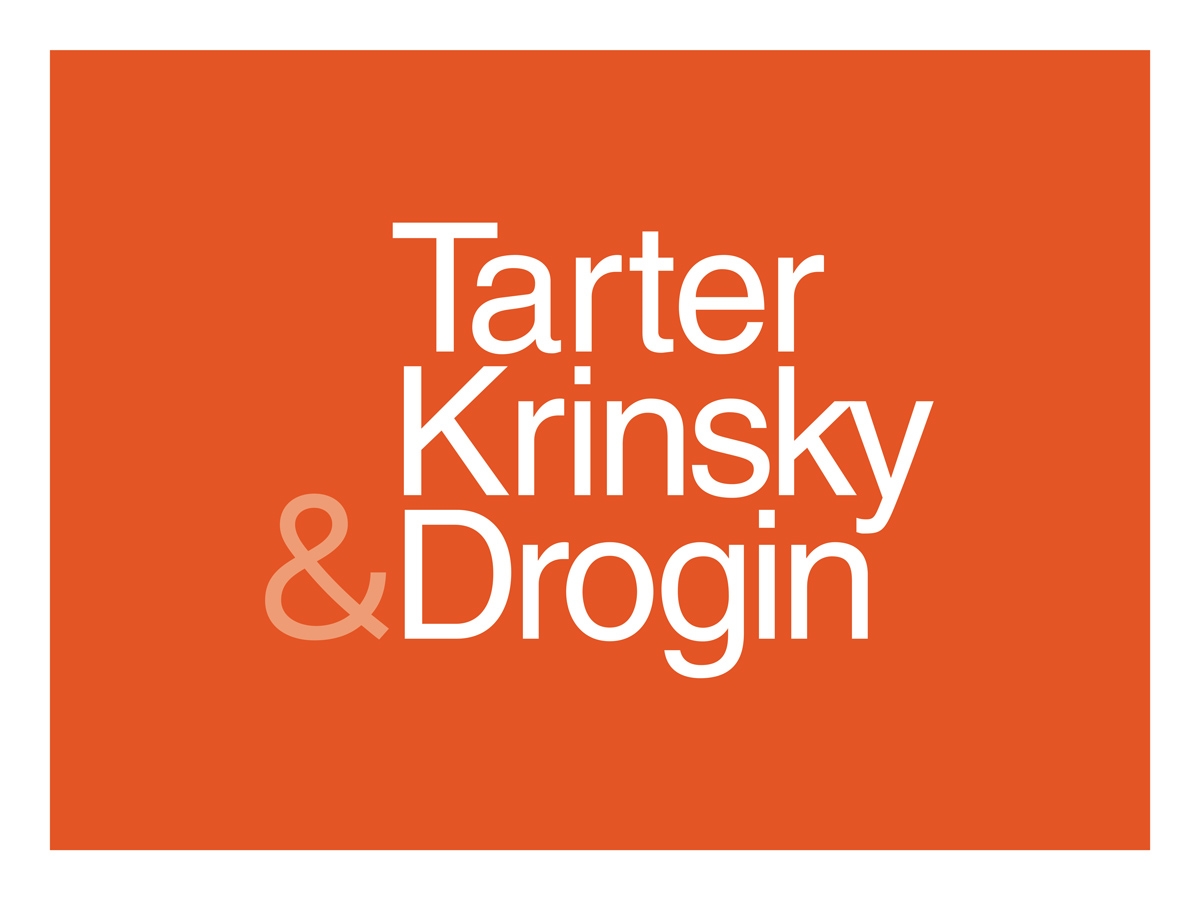White House Calls for Stricter Regulations on Cryptocurrency in New Report | Tarter Krinsky & Drogin LLP
As a follow up to President Biden’s Executive Order on March 9 that asked various federal agencies to issue official reports that examine the risks and benefits of cryptocurrencies, the White House this week released a proposed framework for the development and regulation of digital assets. The framework outlines what crypto regulation should look like, how to crack down on fraud in the digital currency space, and how borderless transactions can be harmonized.
In its series of reports released on September 15, 2022, the White House pointed to the volatility of cryptocurrency as well as its recent effect on the market, fraud relating to these digital assets, including money laundering and financing for terrorism, as well as the environmental impact of digital currency, as reasons for the need of more regulations for crypto assets.
Recommendations
Although no mandates have yet been imposed, the White House proposes that various regulations be considered and explored. The key points of the recommended regulations are:
- Protection of Consumers, Investors, and Businesses: Building off of issued guidance and advanced enforcement resources, this framework calls for an increased effort in the monitoring and regulation of digital assets in order to protect consumers and ensure fair play. This includes evaluation of whether Congress needs to amend the Bank Secrecy Act, anti-tip-off statutes, and laws against unlicensed money transmitting to apply explicitly to digital assets, including digital asset exchanges and nonfungible token (NFT) platforms. Additionally, the reports encourage regulators, such as the Securities and Exchange Commission, to scale up investigations into digital asset market misconduct and continue to bring enforcement actions against crypto companies, as well as encourage regulators, such as the Federal Trade Commission, to redouble their efforts to monitor consumer complaints and enforce against unfair and deceptive practices. The White House has also urged Congress to give regulators more concrete guidance.
- Exploration of a United States Digital Dollar: A Unites States central bank digital currency (CBDC) would correlate to a digital form of a U.S. dollar. The CBDC would be backed by the country’s central bank, where the Federal Reserve would have to pay you back. The establishment of a CBDC is to ensure an efficient payment system, provide a foundation for further technical innovation, and facilitate faster cross-border transactions that are environmentally sustainable. The creation of a CBDC could eliminate the need for any cryptocurrency. However, further research is needed from the Federal Reserve, the National Economic Council, the National Security Council, the Office of Science and Technology Policy, and the Treasury Department before establishment of any CBDC.
- Financial Stability: Stablecoins, which are cryptocurrencies whose values are tied to real world assets such as the U.S. dollar, can be made safer by having the Treasury work with financial institutions to identify and mitigate cyber vulnerabilities by sharing information, as well as working with the Organization for Economic Cooperation and Development and the Financial Stability Board.
- Responsible Innovation: The reports call on various agencies like the Department of Energy and the Environmental Protection Agency to look into tracking environmental impacts of digital assets and mitigating environmental harm, taking into account the large amount of electricity needed to power crypto-assets.
Takeaways
These newly issued regulations will likely have global implications. Although no immediate impact is likely from these regulations outside of enforcement against fraud relating to cryptocurrency, the creation of a possible CBDC and the coming reports from various U.S. agencies regulators are expected to have a significant impact on the regulation and stability of cryptocurrency. We will continue to monitor any developments and provide additional information as it happens.
[View source.]
Credit: Source link
































